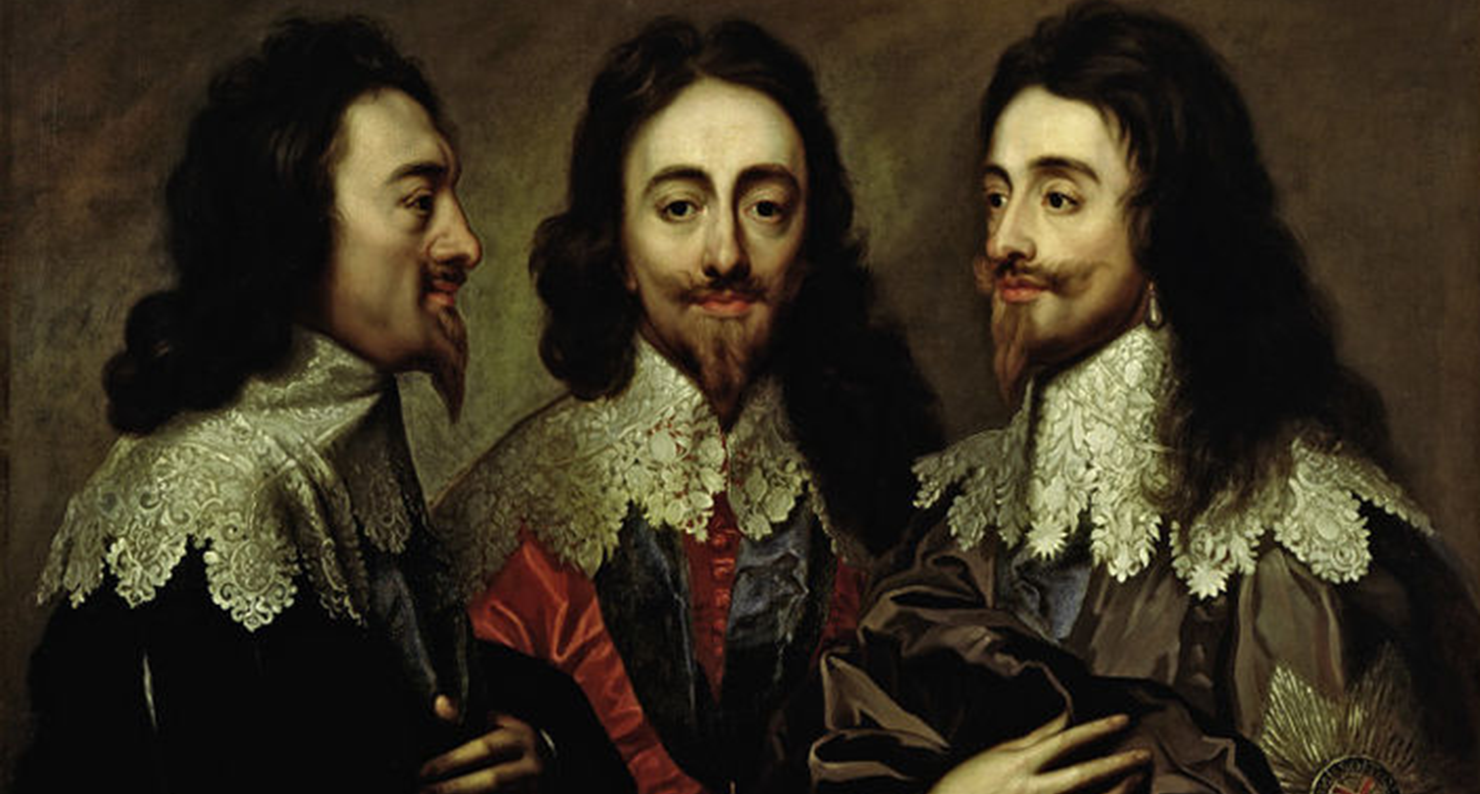
Charles I (detail), by Anthony van Dyck, c. 1750. Victoria & Albert Museum, bequeathed by John Jones.
• Why is concrete from the Roman Empire still so strong? (The Guardian)
• A brief history of the closet: “‘Wee do call the most secret place in the house appropriate vnto our owne priuate studies, and wherein wee repose and deliberate by deepe consideration of all our waightiest affaires, a Closet,’ wrote Angel Day, the original English secretary, in 1592. The closets of Early Modern Europe were private studies, media cabinets, epistemological architectures. In a private log, in 1556, Sir William Moore recorded the contents of his closet: ‘various maps, a writing slate, a perpetual calendar, a calculating board and a purse of counters, an ink stand, coffers, sets of weights and balances, a globe, scissors, seals, compasses, pens, a hammer, a penknife, a foot-rule, and a vast selection of texts in English, French, Italian, and Latin,’ much of which was likely kept under lock and key.” (Places)
• The text of historical markers. (Smithsonian)
• The tricks and trades of P.T. Barnum: “‘Barnum’s great discovery was not how easy it was to deceive the public, but rather, how much the public enjoyed being deceived,’ noted one historian. In describing his various cons, Barnum would often lay out the deceits in his autobiographies. What set Barnum apart was that he often let the public in on his various cons; in one example, he wrote about how he passed off a fish stitched to a monkey as the famous ‘Fiji Mermaid.’ Knowing how the magician of advertising worked backstage provided even more entertainment for those in the know.” (JSTOR Daily)
• Beautiful advertisements for the questionable pharmaceutical products of the nineteenth century. (Hyperallergic)
• The king with the pearl earring: “The showy and sizable jewel contrasted with his shy personality, but Charles refused to part with it. The earring became such a staple of his fashion that he wore it to his execution in 1649, after Oliver Cromwell put him on trial for treason. Though some claim that the jewel inspired a mob—‘as soon as his head had fallen, the witnesses of the dreadful scene rushed forward, ready to imbue their hands in his blood in order to secure the royal jewel’—this was almost certainly not the case. The earring remained intact until his body was prepared for burial, when it was removed and sent to his daughter Mary.” (Atlas Obscura)